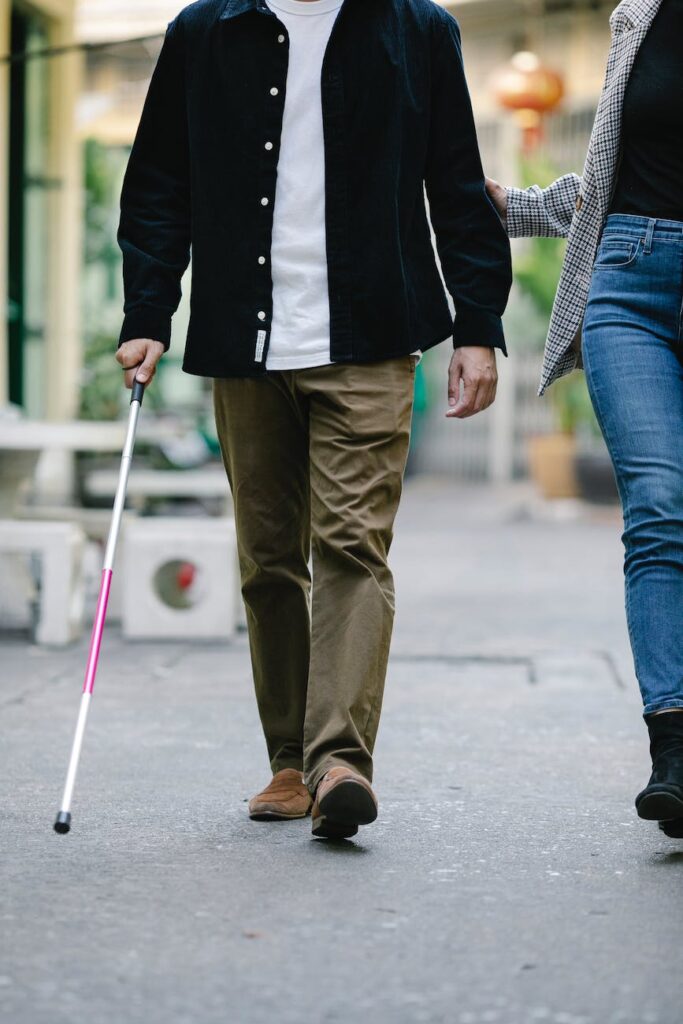
Introduction
The gift of sight is one of the most precious aspects of human life, allowing us to explore the world and learn from our surroundings. However, for some children, the world remains in darkness due to pediatric blindness, a condition that profoundly impacts their development and quality of life. Pediatric blindness presents unique challenges for affected children and their families, as well as for healthcare professionals striving to find solutions. Nevertheless, through ongoing research and breakthroughs in medical science, we are shedding light on pediatric blindness, uncovering new opportunities for intervention and support. In this article, Dr David Stager will explore the challenges faced by children with pediatric blindness and the promising breakthroughs that offer hope for a brighter future.
1. Understanding the Complexity of Pediatric Blindness
Pediatric blindness encompasses various conditions that cause visual impairment in children. These conditions can be congenital or acquired and may result from structural abnormalities, genetic mutations, or neurological disorders. Understanding the complexity and diversity of pediatric blindness is vital for tailoring individualized care.
2. Impact on Development and Learning
Vision is crucial for a child’s overall development and learning. Pediatric blindness can affect cognitive, motor, and social development, posing challenges in communication and daily activities. Early interventions and educational support are essential to help children with visual impairment reach their full potential.
3. Challenges in Diagnosis and Intervention
Diagnosing pediatric blindness can be challenging, particularly in very young children who may not yet exhibit clear symptoms. Additionally, providing appropriate interventions and support requires a multidisciplinary approach involving ophthalmologists, pediatricians, educators, and therapists.
4. Advances in Genetic Testing
Advancements in genetic testing have revolutionized our understanding of the genetic basis of pediatric blindness. Identifying specific gene mutations allows for personalized treatment and genetic counseling for affected families.
5. Vision Restoration Therapies
Emerging therapies, such as gene therapy and optogenetics, show promise in restoring vision for certain types of pediatric blindness. These therapies aim to repair or replace faulty genes or restore light sensitivity to damaged retinas, offering hope for improved vision in affected children.
6. Assistive Technologies and Therapies
Assistive technologies and therapies play a vital role in supporting children with visual impairment. Braille education, mobility training, and the use of tactile and auditory cues can enhance their independence and participation in daily activities.
7. Holistic Support for Families
Families of children with pediatric blindness face emotional, financial, and educational challenges. Providing holistic support, including counseling, community resources, and peer support groups, helps families navigate their journey and access the resources they need.
Conclusion
Pediatric blindness poses unique challenges for affected children and their families, but ongoing breakthroughs in medical science and support services offer hope for a brighter future. Understanding the complexity of pediatric blindness, addressing developmental and learning challenges, advancing genetic testing, exploring vision restoration therapies, and embracing assistive technologies are critical steps in shedding light on this condition. Through collaboration among healthcare professionals, educators, and support organizations, we can provide comprehensive care and interventions for children with visual impairment, enabling them to thrive and reach their full potential. By shedding light on pediatric blindness, we illuminate the path to a future where every child can experience the wonders of the world and embrace the opportunities that sight provides.